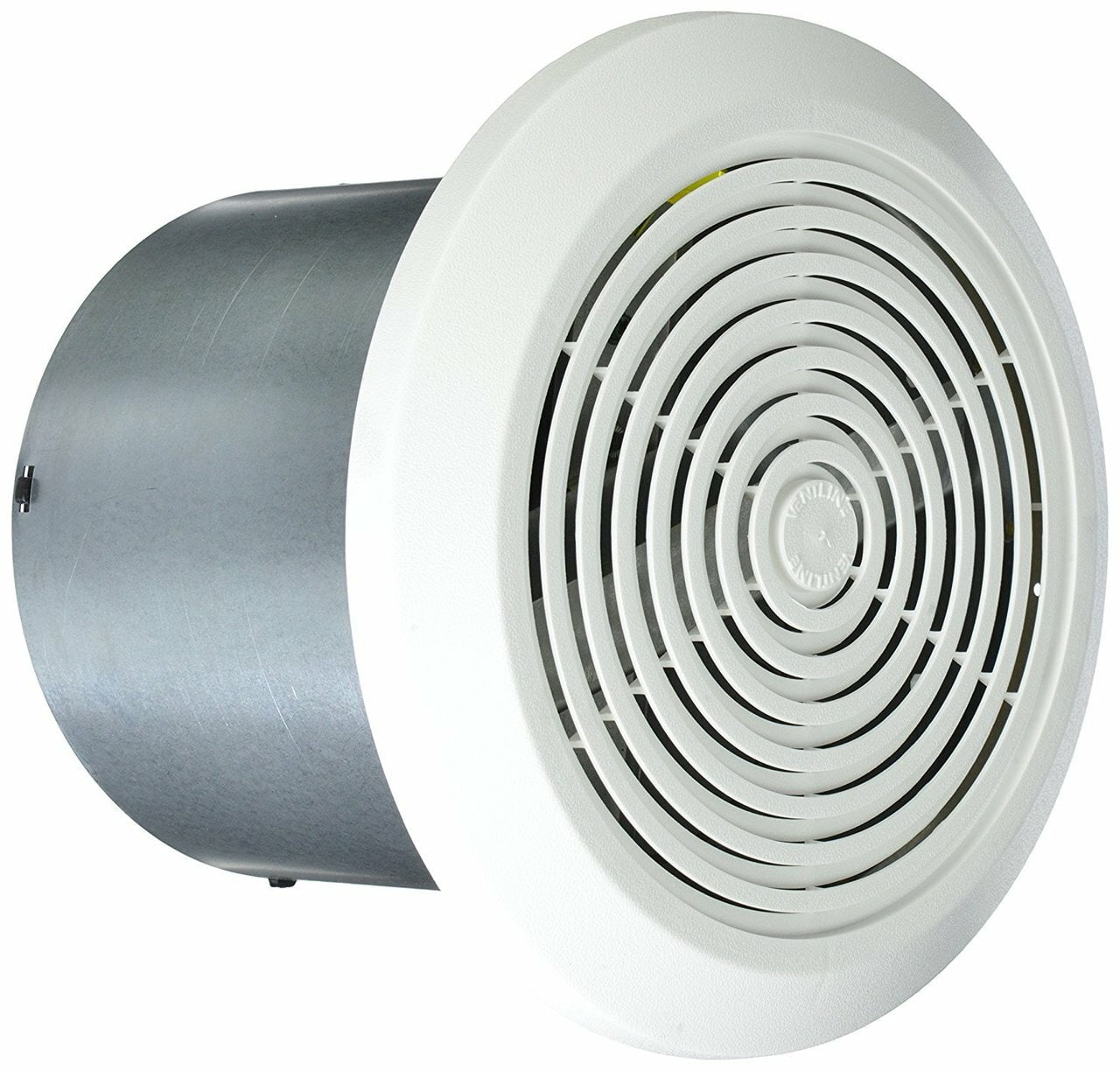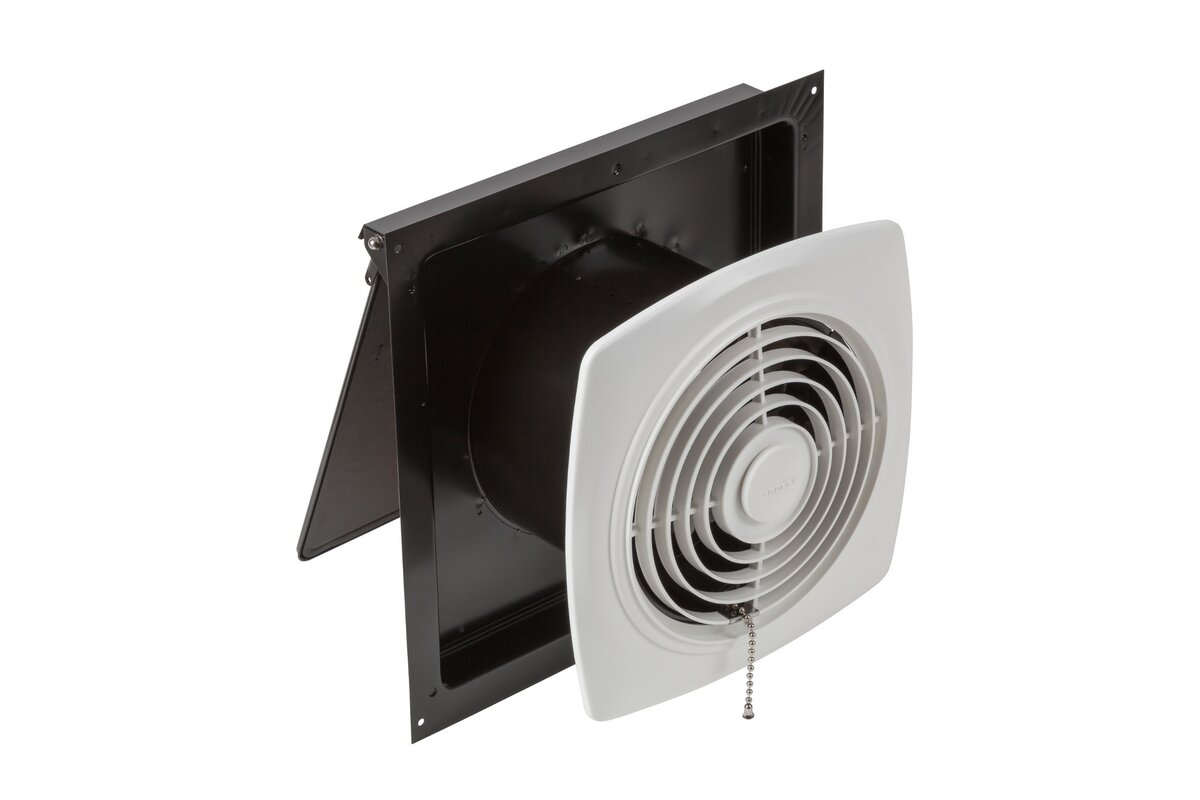Ventilation Capacity and Efficiency: 250 Cfm Bathroom Exhaust Fan

250 cfm bathroom exhaust fan – Proper ventilation in bathrooms is crucial to maintain healthy indoor air quality and prevent moisture buildup. Bathrooms generate high levels of moisture from showers, baths, and other activities, which can lead to excessive humidity if not properly ventilated.
Upgrading your bathroom’s ventilation system with a 250 cfm bathroom exhaust fan can transform the space, eliminating odors and humidity. While you’re at it, why not spruce up the décor with cheap decor ? From stylish shower curtains to budget-friendly artwork, there are endless ways to add personality without breaking the bank.
And when you’re done, you’ll have a bathroom that’s both functional and aesthetically pleasing, thanks to the perfect balance of practicality and affordability offered by a 250 cfm bathroom exhaust fan and smart décor choices.
A 250 cfm bathroom exhaust fan plays a significant role in ensuring effective ventilation by removing moisture-laden air from the bathroom and replacing it with fresh air from outside. The fan’s airflow rate of 250 cubic feet per minute (cfm) is designed to handle the high moisture levels generated in typical bathrooms, effectively reducing humidity and preventing condensation and mold growth.
The gentle hum of the 250 cfm bathroom exhaust fan creates a serene ambiance, reminiscent of a flickering candle holder decor. As the air circulates, it carries with it the faint scent of lavender, evoking a sense of tranquility and well-being.
The bathroom exhaust fan not only ensures proper ventilation but also contributes to a relaxing and inviting atmosphere, where every breath brings a touch of serenity.
Airflow Rate and Air Quality
The airflow rate of a bathroom exhaust fan is a key factor in determining its effectiveness. A higher airflow rate means the fan can remove more moisture from the air, resulting in better ventilation and reduced humidity levels. For bathrooms, an airflow rate of 250 cfm is recommended to ensure proper ventilation and prevent mold growth.
Mold Prevention
Excessive humidity in bathrooms can create a breeding ground for mold and mildew, which can cause health problems and damage to the bathroom’s surfaces. A 250 cfm exhaust fan helps prevent mold growth by effectively removing moisture from the air, reducing the risk of condensation and creating a healthier indoor environment.
Design and Installation Considerations

Designing and installing an exhaust fan in a bathroom is crucial to ensure optimal ventilation and minimize moisture-related issues. Here are some key considerations to keep in mind.
Choosing the Right Size and Type of Exhaust Fan
Selecting the right size and type of exhaust fan is essential for effective ventilation. The fan’s capacity should match the size of the bathroom, measured in cubic feet per minute (CFM). As a general rule, a 250 CFM fan is suitable for bathrooms up to 100 square feet.
Consider the type of fan based on your bathroom’s layout and ventilation needs. Ceiling-mounted fans are a popular choice, offering discreet installation and effective airflow. Wall-mounted fans are suitable for smaller bathrooms or those with limited ceiling space.
Proper Fan Placement and Installation Techniques
Proper fan placement and installation are critical for maximizing airflow and minimizing noise. Install the fan in the ceiling or wall directly above the shower or bathtub, where moisture levels are highest.
Ensure that the fan is vented to the outside of the house through a duct. Use a duct that is at least 4 inches in diameter and as short as possible to minimize airflow resistance. Seal all duct joints with duct tape to prevent air leakage.
Benefits of Using ENERGY STAR-Rated Exhaust Fans, 250 cfm bathroom exhaust fan
ENERGY STAR-rated exhaust fans meet strict energy efficiency standards, consuming less electricity while providing adequate ventilation. They can significantly reduce energy costs and contribute to a more sustainable home.
When choosing an exhaust fan, look for the ENERGY STAR label to ensure you’re getting an energy-efficient product that will save you money in the long run.
Maintenance and Troubleshooting

Regular cleaning and maintenance are crucial for optimal fan performance and longevity. Neglecting these tasks can lead to reduced airflow, increased noise, and potential motor failure.
Cleaning the Fan
Cleaning the fan blades, housing, and motor ensures efficient operation. Here’s a step-by-step guide:
– Turn off the power supply to the fan.
– Remove the fan grille or cover.
– Use a soft brush or vacuum cleaner to gently remove dust and debris from the fan blades.
– Wipe down the fan housing and motor with a damp cloth to remove dirt and grime.
– Allow all components to dry completely before reassembling the fan.
Troubleshooting Common Issues
Addressing common troubleshooting issues can help restore optimal fan performance.
Noise
– Ensure the fan is properly mounted and balanced.
– Check for loose or damaged components, such as the motor or fan blades.
– Lubricate the motor bearings if necessary.
Vibration
– Check for proper fan mounting and balance.
– Tighten any loose screws or bolts.
– Ensure the fan is not obstructed by any objects.
Reduced Airflow
– Check for clogged or dirty fan blades.
– Inspect the ductwork for blockages or leaks.
– Ensure the fan is the correct size for the space it serves.
Regular maintenance and timely troubleshooting can extend the life of the bathroom exhaust fan and ensure it operates at its best, providing adequate ventilation and a comfortable indoor environment.